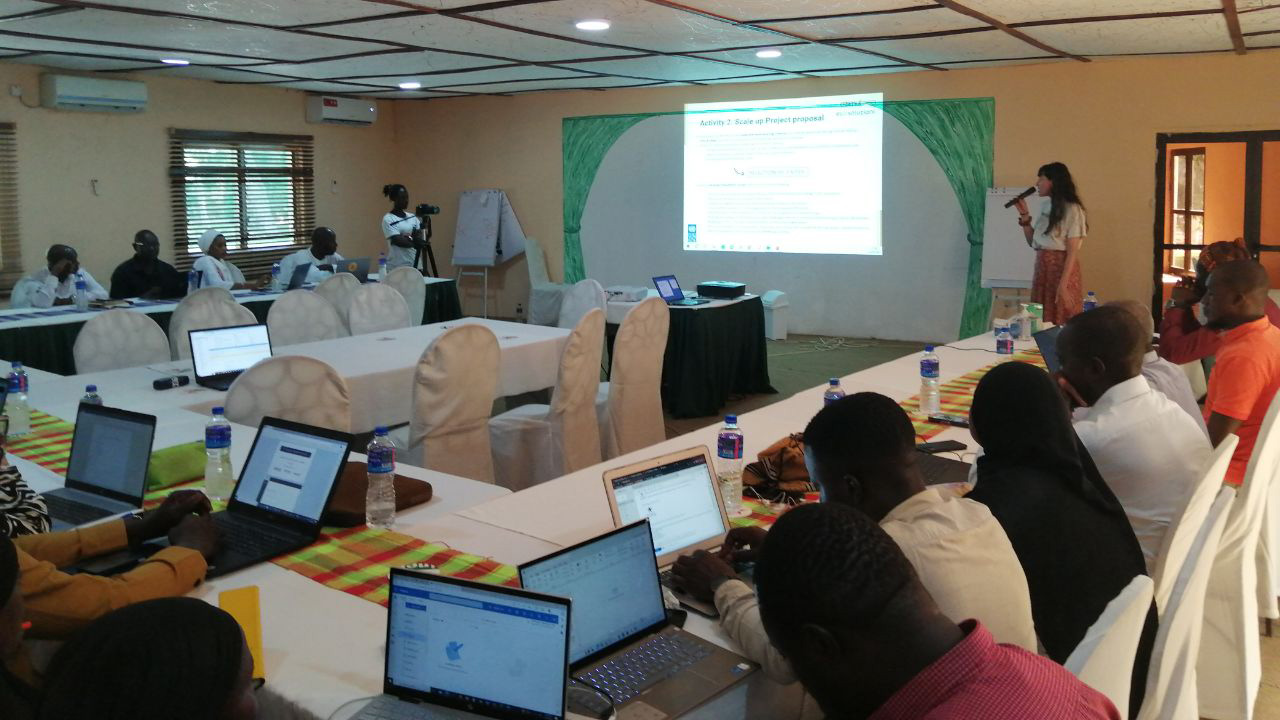Driving Energy Transition in Gambia
Consultancy Projects: Driving Energy Transition in Gambia
Gambia, like many other countries, is facing the challenges of heavy reliance on fossil fuels for electricity generation, contributing to greenhouse gas emissions and jeopardizing environmental sustainability. To address this issue, the United Nations Development Programme (UNDP) has collaborated with Gambian institutions and stakeholders to implement the NAMA1 and NAMA2 consultancy projects. These projects primarily aim to install photovoltaic plants, reducing dependence on fossil fuels and mitigating harmful emissions.
NAMA1: Network Stability Study and Implications
One of the crucial aspects to successfully implement the NAMA1 and NAMA2 projects is assessing the stability of the existing electrical grid and understanding the impact that the new photovoltaic plants will have on this system. To achieve this objective, a comprehensive network stability study was conducted in collaboration with eRoots Analytics, a renowned company in the field
This study has enabled the analysis of the collected data and identification of the necessary changes to integrate the new photovoltaic plants into the existing grid. Factors such as current generation capacity, load profiles, network infrastructure, and other relevant variables have been taken into account to ensure proper integration and a seamless transition towards cleaner energy sources.

NAMA2: Scalability towards a Sustainable Future
One of the key outcomes of the NAMA1 project has been the advisory support provided to determine the feasibility of scaling up the photovoltaic capacity to achieve the installation of an additional 30 MW in Gambia. This second phase of the project, known as NAMA2, represents a significant step towards a sustainable future in electricity generation in Gambia.
With the implementation of the 10.5 MW photovoltaic capacity from the NAMA1 and NAMA2 projects, Gambia will significantly reduce its dependence on fossil fuels while simultaneously lowering greenhouse gas emissions associated with electricity production. Furthermore, this transition towards renewable energy sources will contribute to improved energy security and the promotion of sustainable development in the country.
